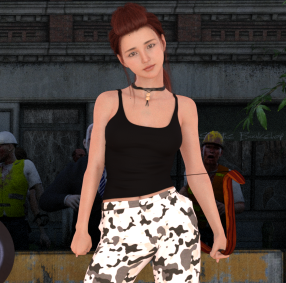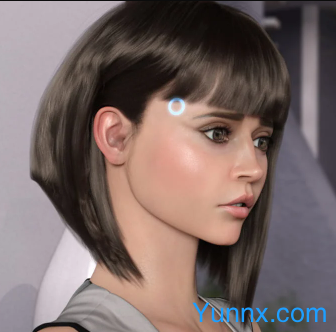Step into the shoes of a commuter with a hidden agenda on Feel-Up Express—a slow-paced, psychological simulation where subtlety is key. Set on a nearly empty evening train, the game tasks you with navigating close quarters, reading body language, and executing discrete, non-verbal interactions with unsuspecting passengers. It’s a test of nerve, intuition, and the delicate art of staying under the radar—all while building tension in a confined space.
The Train as a Theater: Atmosphere Over Action
The setting isn’t just a backdrop—it’s a character. The dim lighting, the hum of wheels on tracks, and the occasional clatter of a coffee cup create a tense, intimate environment. Every detail amplifies the stakes:
1. Carriage Dynamics: Some cars are nearly deserted, with empty seats and flickering overhead lights; others have clusters of commuters—chatty teenagers, a sleeping businessman, a woman scrolling through her phone. Each space demands a different approach.
2. Proximity Play: The train’s design encourages closeness. A missed handhold, a “casual” brush past a shoulder, or a lingering glance—these small moments feel charged, as if the entire carriage is watching (even if no one is).
3. Sound Design: The game’s audio amplifies tension. A creaking seat, a sudden stop, or the rustle of clothing becomes a heartbeat—reminding you that one wrong move could shatter the illusion.
Passenger Profiles: Reading People, Not Scripts
Every rider has a personality—or at least, a set of tells. Deciphering these cues is critical to your success:
1. The Distracted Commuter: Headphones in, eyes glued to a phone. They’re focused inward, making them easier to approach… but also quicker to snap if startled.
2. The Chatty Stranger: Mid-conversation with a friend, gesturing animatedly. Their focus is external, but their awareness of surroundings is sharp—perfect for a “distracted” maneuver.
3. The Quiet Observer: Staring out the window, barely moving. They notice everything. Engage too boldly, and they’ll remember your face. Play it too safe, and the moment slips away.
Player Strategy: stealth, Timing, and Risk-Reward
Feel-Up Express isn’t about brute force—it’s about precision. Your choices shape the outcome:
1. The “Quick” Approach: Make a fleeting touch (a nudge, a brush) and retreat before they react. High risk, high reward—success feels exhilarating, but failure leads to immediate tension.
2. The “Slow” Build: Hover near a passenger, “accidentally” dropping a pen, then “help” them pick it up. This builds rapport… or suspicion. It’s slower, but safer.
3. The “Misdirection” Maneuver: Create a distraction—a loud cough, a dropped snack—to draw attention elsewhere. It buys time but requires split-second timing.























Preview: